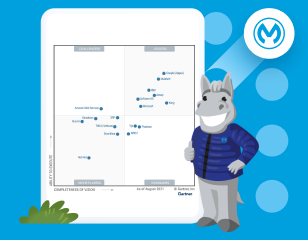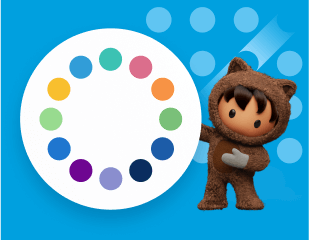DataWeave Overview
|
DataWeave 2.2 is compatible and bundled with Mule 4.2. This version of Mule reached its End of Life on May 2, 2023, when Extended Support ended. Deployments of new applications to CloudHub that use this version of Mule are no longer allowed. Only in-place updates to applications are permitted. MuleSoft recommends that you upgrade to the latest version of Mule 4 that is in Standard Support so that your applications run with the latest fixes and security enhancements. |
DataWeave is the MuleSoft expression language for accessing and transforming data that travels through a Mule app. DataWeave is tightly integrated with the Mule runtime engine, which runs the scripts and expressions in your Mule app.
DataWeave scripts act on data in the Mule event. Most commonly, you use it to access and transform data in the message payload. For example, after a component in your app retrieves data from one system, you can use DataWeave to modify and output selected fields in that data to a new data format, then use another component in your app to pass on that data to another system.
-
To get started with DataWeave 2.0 for Mule runtime engine (Mule) version 4.1 and later, visit the quickstart.
-
To learn about DataWeave 2.0 for Mule version 4.1 and later, visit the language guide.
-
To look up reference information about DataWeave 2.0 operators and functions, visit the reference guide.
-
To find information about DataWeave 1.0 for Mule 3.9 and earlier, visit the DataWeave 1.0 documentation.
| The Mule 4.2 release supports DataWeave 2.2.0, which introduces a number of functions, types, and annotations that are not supported by Mule 4.1. Within the DataWeave Reference, these items are tagged with the following text: Introduced in DataWeave 2.2.0. Supported by Mule 4.2 and later. |



